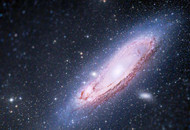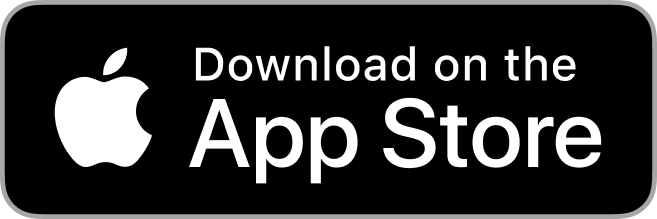Feb 18th 2022

What drew you to photography?
I started experimenting with photography at the young age of fourteen years old. I have always been interested in learning new things and so when I was able to use a camera I made it my goal to learn everything I could. I dove into different editing software as well as shooting techniques. My curiosity drew me in like a moth to a lightbulb and I have decided to stick with it ever since.

Where was your favorite place to shoot and why?
Growing up in Utah I lucked out with some of the best night skies in the world. The dry air and rural communities can create some amazing skies. For now, Utah will be my favorite place to capture pristine night skies. Goblin Valley State Park was where I was able to capture some of my first skies and foregrounds that I am most proud of. The amazing night skies in Utah and especially the amazing rock formations in Southern Utah will take the top spot on my favorite places to shoot.

Can you share some tips on how you shoot your images?
Astrophotography comes with some additional things to consider when taking photos. One of these being the Earth's rotation. A general rule of thumb is that your shutter speed is equal to 500 divided by your focal length. However, I did not feel like following this rule and so I purchased a star tracker that allows for exposures up to 7 minutes. These tracked exposures carry much more information and allow for more vibrant colors as well as less noise.
It's not all perfect though, there is one drawback to using a star tracker. When the camera is tracking the sky it blurs the foreground. This means that you have to take a separate exposure for the foreground and then blend the two together later in post-processing. Following this method, you are able to capture the best-looking images. However, you will be combining two images and so it will take the basic skills to do so in post-processing.

What kind of tools do you use for post processing?
I primarily use Photoshop for my editing. This program used to be extremely intimidating to use but now it has become my best friend when I have some images that I need to edit. After combining my two exposures and editing them to a point that I am happy with it then I will import them to Lightroom so that I can see what they will look like on my phone. After doing another edit on the final image on Lightroom mobile it is then finished and ready for Instagram.

Can you share some tips on someone trying astrophotography?
Stick with it. It can be discouraging going out and not getting the images that you want. But with a little work, you can get some awesome images. Some things to remember when shooting your first images are nailing your focus, knowing where the moon will be and what phase it is in, and the 500 rule. If you are starting out or if you have been shooting astrophotography for a while and you have any questions feel free to contact me and I will do my best to help you out.




